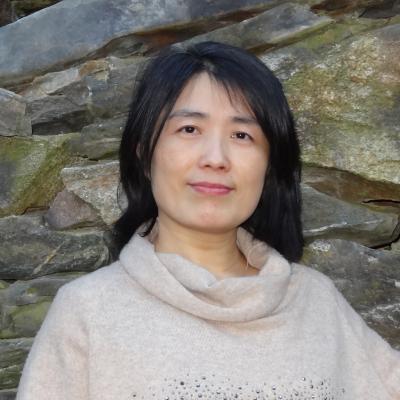CaGIS BOARD CALL FOR NOMINATIONS
The CaGIS Board is calling for nominations to the Board to serve starting spring of 2022.
There are 3 positions open: the Vice President, and two Director positions. Membership on the CaGIS board requires current membership in CaGIS while serving on the Board. The CaGIS bylaws state that the Vice President position for this next year be filled with a person in government or in the private sector. However, if such a person cannot be recruited the position can be filled by an academic member. The two director positions are open to anyone in academia, government or private sector.
The responsibilities and expectations of these positions are as follows:
The Vice-President shall be elected by the Voting Members for a term of one (1) year. The Vice President shall preside at the meetings of the Society and of the Board in the absence of the President and President Elect, and discharge the duties of the President in the event of disability or in case of a vacancy in both that office and the office of President Elect.
The Vice President shall automatically succeed to the position of President Elect for a term of one (1) year at the end of their term as Vice President, and then automatically succeed to the position of President for one (1) year at the end of their term as President Elect, and then automatically succeed to the position of Past President for one (1) year after their term as President.
Directors shall be elected for four (4) – year terms by Voting Members. The term of the Directors shall be staggered so that no more than three (3) Directors are elected in any one-year. No more than three (3) Directors may be employed by the Federal Government at the time of their election. A director may serve no more than two consecutive terms on the Board. The Directors shall aid in the management of the affairs of the Society, shall furnish counsel, and shall participate in all official actions of the Board.
Board Responsibilities:
The primary responsibility is conducting the activities of the Society. The Board has the authority to determine policies and procedures of the Society; providing such actions are in conformity with the provisions of the CaGIS By-Laws. The President, in consultation with the Treasurer, the President Elect, and the Vice President, shall prepare an annual budget including dues paid annually by the members to cover costs of Society programs and activities. The President shall submit the budget to the Board for approval.
Please contact Scott Freundschuh (scott.freundschuh@gmail.com), Exec Dir with nominations by replying to this email. Self nominations are welcome. Nominees must submit a brief bio, and a statement of their interest and what they could contribute to CaGIS and the Board.
The deadline for receiving this information is January 1.


